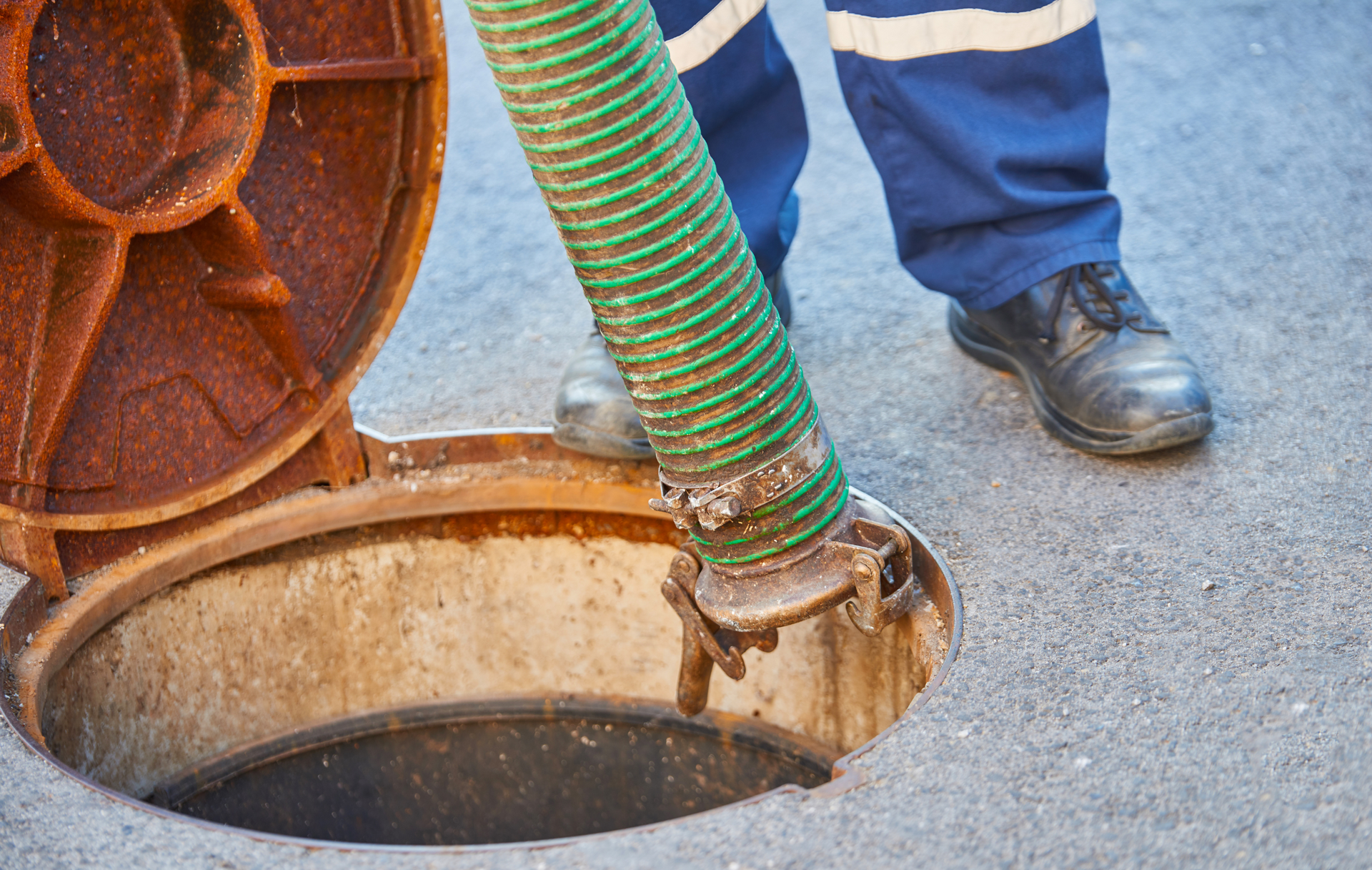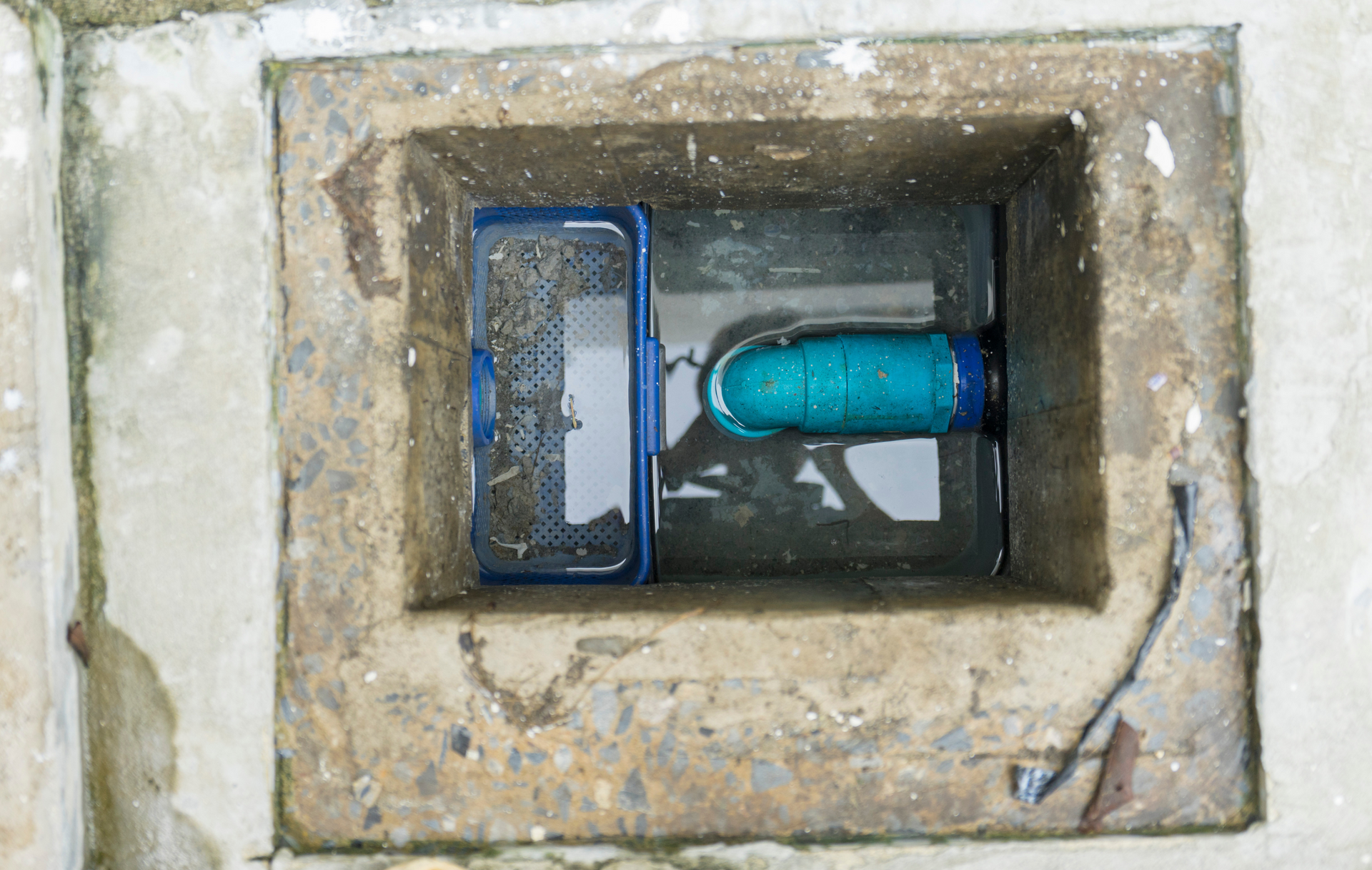Exploring Innovative Technologies in Septic System Maintenance: Insights from Oxford Septic Services
September 24, 2025
As technology continues to advance, so do the methods and tools available for maintaining septic systems. In this guide, Oxford Septic Services delves into the innovative technologies revolutionizing septic system maintenance and shares insights into how these advancements benefit homeowners.
Chapter 1: Smart Septic Monitoring Systems
Overview of smart septic monitoring systems that use sensors and wireless technology to provide real-time data on septic tank levels, temperature, and pressure
Benefits of smart monitoring systems, including early detection of issues, optimized pumping schedules, and reduced risk of system failures
Chapter 2: Aerobic Treatment Units (ATUs)
Explanation of aerobic treatment units, which use oxygen to break down waste more efficiently than traditional anaerobic systems
Advantages of ATUs, such as improved treatment effectiveness, reduced odor emissions, and lower energy consumption
Chapter 3: Advanced Treatment Technologies
Overview of advanced treatment technologies, such as membrane bioreactors (MBRs) and sequential batch reactors (SBRs), which provide enhanced wastewater treatment capabilities
Applications of advanced treatment technologies in residential and commercial septic systems for higher effluent quality and environmental protection
Chapter 4: Grease Interceptors and Filters
Discussion of grease interceptors and filters designed to prevent grease and solids from entering the septic system and causing clogs
Importance of grease management in commercial kitchens and food service establishments to maintain system functionality and prevent backups
Chapter 5: Soil Remediation Techniques
Explanation of soil remediation techniques, including bioremediation and soil aeration, used to rejuvenate drain fields and restore their absorption capacity
Benefits of soil remediation for extending the lifespan of septic systems and avoiding costly repairs or replacements
Chapter 6: Remote Operation and Maintenance
Overview of remote operation and maintenance capabilities enabled by internet-connected devices and mobile apps, allowing homeowners to monitor and control their septic systems from anywhere
Convenience and peace of mind offered by remote access to system data, alarm notifications, and maintenance reminders
Chapter 7: Sustainable Septic Solutions
Exploration of eco-friendly septic system technologies, such as composting toilets, graywater recycling systems, and rainwater harvesting, that reduce water consumption and minimize environmental impact
Commitment of Oxford Septic Services to offering sustainable solutions that prioritize environmental stewardship and resource conservation
Conclusion:
By embracing innovative technologies in septic system maintenance, homeowners can benefit from improved efficiency, enhanced performance, and greater convenience. Oxford Septic Services remains at the forefront of these advancements, empowering homeowners to achieve sustainable and resilient septic solutions for years to come.

Septic system failures can be costly, inconvenient, and hazardous to both property and health. Fortunately, with proper maintenance and proactive measures, many septic system failures can be prevented. In this guide, Oxford Septic Services shares valuable tips to help homeowners and businesses avoid septic system failures and ensure the long-term functionality of their systems. Chapter 1: Regular Maintenance Inspections Routine maintenance inspections are essential for identifying potential issues early and preventing costly repairs. Oxford Septic Services recommends scheduling regular inspections to assess the condition of your septic system and address any problems before they escalate. Chapter 2: Timely Septic Tank Pumping Regular septic tank pumping is crucial for removing accumulated solids and preventing clogs and backups. Oxford Septic Services advises homeowners to adhere to a consistent pumping schedule based on factors such as household size and usage to maintain optimal tank capacity. Chapter 3: Proper Waste Disposal Practices Improper disposal of household waste can overload septic systems and lead to system failures. Oxford Septic Services recommends avoiding flushing non-biodegradable items, grease, and chemicals down drains and toilets to prevent clogs and damage to the system. Chapter 4: Protecting the Drain Field The drain field plays a critical role in wastewater treatment and dispersal. To prevent drain field failure, Oxford Septic Services advises property owners to avoid parking vehicles or installing structures over the drain field and to maintain proper landscaping to prevent root intrusion. Chapter 5: Prompt Repairs and Maintenance Addressing minor issues promptly can prevent them from escalating into major septic system failures. Oxford Septic Services recommends contacting a professional at the first sign of trouble, such as slow drains, foul odors, or sewage backups, to prevent further damage. Chapter 6: Environmental Awareness Understanding the environmental impact of septic system failures can motivate property owners to prioritize proper maintenance and care. Oxford Septic Services emphasizes the importance of responsible waste management and eco-friendly practices to protect local water sources and ecosystems. Conclusion: By following these tips from Oxford Septic Services, homeowners and businesses can take proactive steps to prevent septic system failures and maintain the functionality of their systems for years to come. With regular maintenance, proper waste disposal practices, and prompt repairs, property owners can avoid costly and disruptive septic system failures and enjoy peace of mind knowing their systems are in good working order.

Oxford Septic Services plays a crucial role in ensuring the health and functionality of septic systems in our community. With years of experience and expertise, our team is dedicated to providing top-quality services to homeowners and businesses alike. In this guide, we'll explore the vital role that Oxford Septic Services plays in maintaining healthy septic systems and preserving the well-being of our environment. Chapter 1: Comprehensive Septic System Maintenance Oxford Septic Services offers comprehensive maintenance services designed to keep septic systems running smoothly. From regular inspections to proactive maintenance measures, our team ensures that septic systems remain in optimal condition year-round. Chapter 2: Professional Septic Tank Pumping Regular septic tank pumping is essential for preventing backups and maintaining the proper functioning of septic systems. Oxford Septic Services provides professional pumping services tailored to the unique needs of each property, ensuring efficient removal of waste and sludge. Chapter 3: Prompt Septic System Repairs When issues arise with septic systems, prompt repairs are crucial to prevent further damage and ensure continued functionality. Oxford Septic Services offers timely and reliable repair services, addressing issues such as leaks, clogs, and drain field problems with expertise and efficiency. Chapter 4: Expert Leach Field Services Leach fields are an integral part of septic systems, responsible for filtering and dispersing wastewater into the soil. Oxford Septic Services offers expert leach field services, including inspections, repairs, and installations, to ensure the proper functioning of this critical component. Chapter 5: Emergency Septic Services Septic emergencies can occur at any time, posing significant risks to property and health. Oxford Septic Services offers emergency services around the clock, providing prompt response and effective solutions to mitigate damage and restore functionality. Chapter 6: Residential and Commercial Solutions Whether it's a residential property or a commercial establishment, Oxford Septic Services offers tailored solutions to meet the unique needs of each client. From small homes to large commercial properties, our team has the expertise and resources to handle any septic system challenge. Chapter 7: Environmental Stewardship At Oxford Septic Services, we are committed to environmental stewardship and sustainable practices. We prioritize eco-friendly solutions and responsible waste management techniques to minimize our impact on the environment and protect natural resources. Conclusion: Oxford Septic Services plays a vital role in maintaining healthy septic systems and preserving the well-being of our community. With comprehensive maintenance services, prompt repairs, and a commitment to environmental stewardship, our team ensures that septic systems remain in optimal condition for years to come. Trust Oxford Septic Services for all your septic system needs and experience the difference firsthand.
